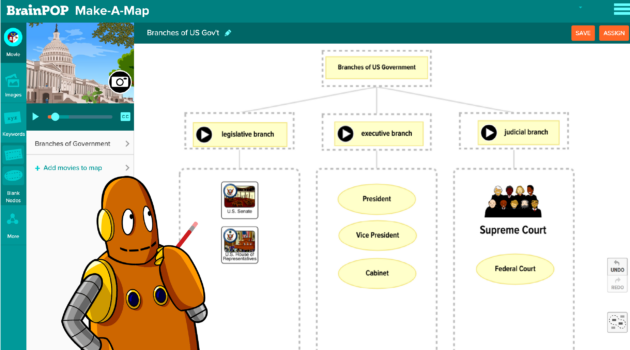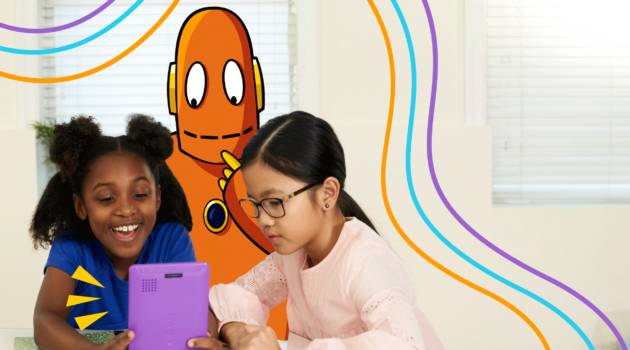Teaching Strategies
5 Tips for Promoting Empathy and Respect in the Virtual Classroom

The COVID-19 pandemic is impacting just about everyone, and children are no exception.
Kids are heading into an unfamiliar back-to-school season. Some are returning to the classroom, some are continuing remote learning, and many districts are pursuing hybrid options. Virtual learning keeps students safe and physically healthy, but it can be challenging for them socially and emotionally, and providing support remotely can be challenging.
Integrating empathy and respect into your virtual learning routine, as suggested in the following tips, can help to grow your class into a supportive community, which is vital to success—even after the pandemic is over and children are back in the classroom.
1. Model Empathy and Respect in Your Interactions with Students
Modeling behaviors, such as empathy and respect, is one of the most effective ways for children to learn these important social and emotional (SEL) skills and integrate them into their own lives. You can begin by setting an intention to treat your students with respect and empathy that you hope for them to display with their peers.
Start with simple actions, such as finding a positive element of students’ work you can highlight during check-ins, or practicing active listening when students share their thoughts or ideas. Next, consider long-term goals, such as learning more about your students’ cultures, connecting with families, and creating a more responsive and inclusive classroom.
2. Make Meaningful Connections
Getting to know your students and building meaningful connections may be more challenging in a virtual learning environment, but it can be done, and it’s more than worth it.
When students feel a sense of belonging with you and their peers, they feel safer. Bullying (including cyberbullying) is often motivated by a desire for social validation and acceptance. Once you start building a healthy class community, students no longer feel that bullying is necessary or even helpful.
Start by sharing about yourself in a slideshow or video introduction. Next, invite students to introduce themselves in a creative way, such as writing “I am” poems or creating quizzes featuring fun facts that show what’s important to them.
3. Include Diverse Voices and Narratives in Your Curriculum
Literature becomes both mirrors and windows for students, reflecting their identities and experiences as well as helping students understand what life in someone else’s shoes would feel like. Media that represents a diverse range of voices gives students a chance to practice seeing the world from another point of view.
You could start by introducing real people with BrainPOP’s Famous Historical Figures topics, or explore fictional stories, such as the titles in Common Sense Media’s Books That Teach Empathy list.
4. Introduce Digital Etiquette
As a generation of digital natives, your students may be familiar with navigating virtual spaces and interacting online. However, that doesn’t mean they’re experienced with digital etiquette, as teachers may not feel it necessary to cover during classroom-based lessons.
Now is the perfect time to open conversations with students about how we can have more positive, healthy, and thoughtful interactions online. BrainPOP’s Digital Etiquette topic is a great place to start, or go deeper with our Educator Resources for Digital Etiquette, including lesson plans, teaching tips, videos, and more.
5. Prioritize Social and Emotional Learning
It may feel like social and emotional learning needs to be put on the back burner this year in the race to keep students from falling behind academically during distance learning.
However, in a time when students are facing disruptions to their routines, uncertainty about the future, and in some cases, illness or loss among family or friends, helping students develop social and emotional skills is more important than ever. It even plays an important role in fostering student equity, which can otherwise be lost in virtual learning.
SEL can strengthen students’ ability to understand and navigate their own thoughts and emotions, as well as to work together with others, resolve conflicts, and more. BrainPOP’s Social and Emotional Learning page offers a wide range of animated movies and other resources to support your students’ social and emotional learning, including a collection all about empathy and respect.
It can be difficult for students, and sometimes even teachers, to remember that behind the screen, we’re all human. With these strategies, you can show your students that our virtual connections can be just as meaningful, and just as important to treat with care.
Related Articles






